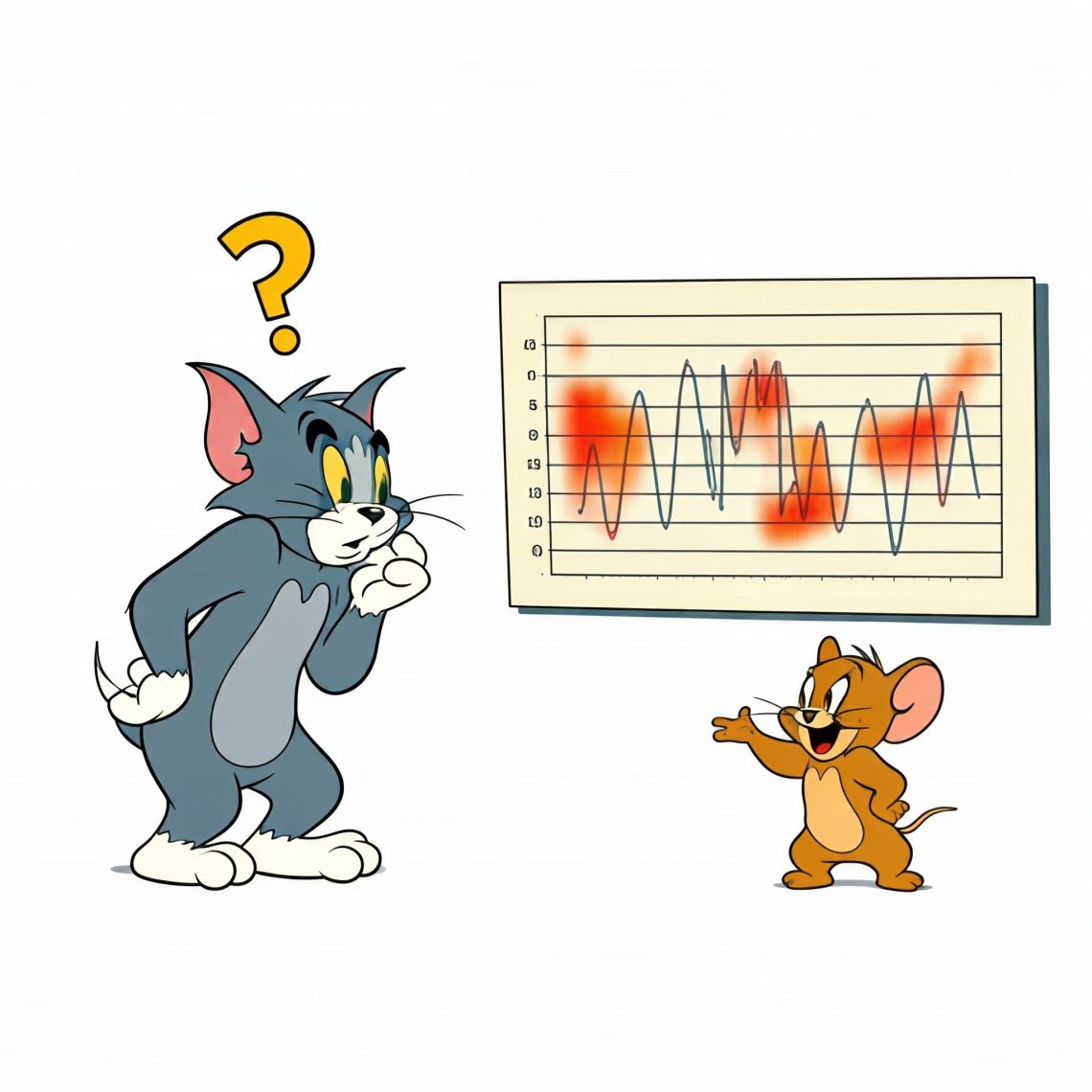When people think of heat maps, they usually associate them with correlation matrices in data analysis. Especially, it doesn’t come to mind to use it in Time Series, which is always a cliché in courses/classes or analysis. Just do a Google search or browse through Discussion Platforms and you’ll see what I mean.
While correlation heat maps are widely used, heat maps can serve many other purposes, especially when we want to visualize trends or seasonal patterns over time, and to make our insights easier.
For example, Time Series Heat Maps can be incredibly useful for observing how stock returns change at different times of the year and uncovering unique insights into financial return patterns that might otherwise go unnoticed. It even creates a great visual analysis opportunity for companies to adjust their revenues, inventory levels, hiring, etc.
With heat maps, you’re not limited to just analyzing relationships between variables. These allow us to track changes in metrics over time, map seasonal/trend/seasonal changes, and even highlight frequency distributions across various categories. If you want to see how useful it is in Machine Learning, consider Anomaly Detection , Outliers , Decision Trees , Regression analysis , Feature Importance , Dimensionally Reduction and even Model Accuracy and improvement etc.
So, next time you look at a heatmap, think beyond just correlation; you will come across a great insight waiting to be discovered.
You can reach my sample code on github






